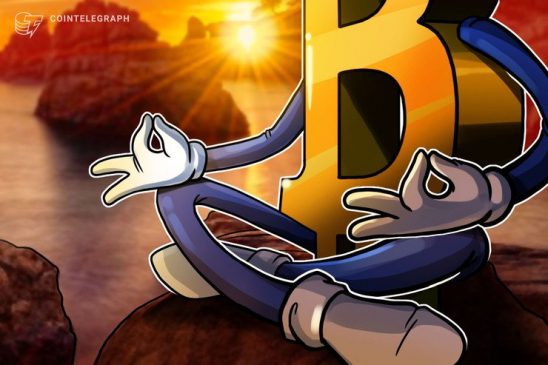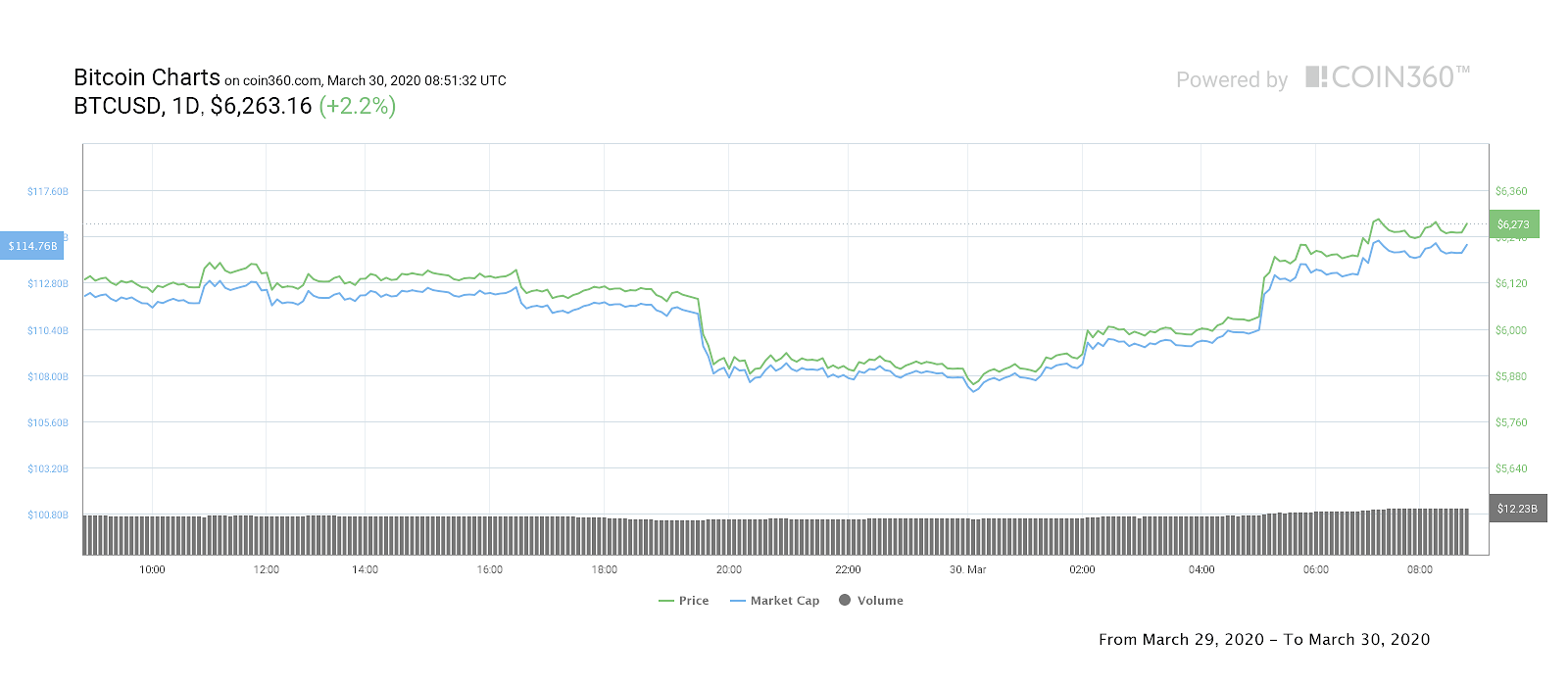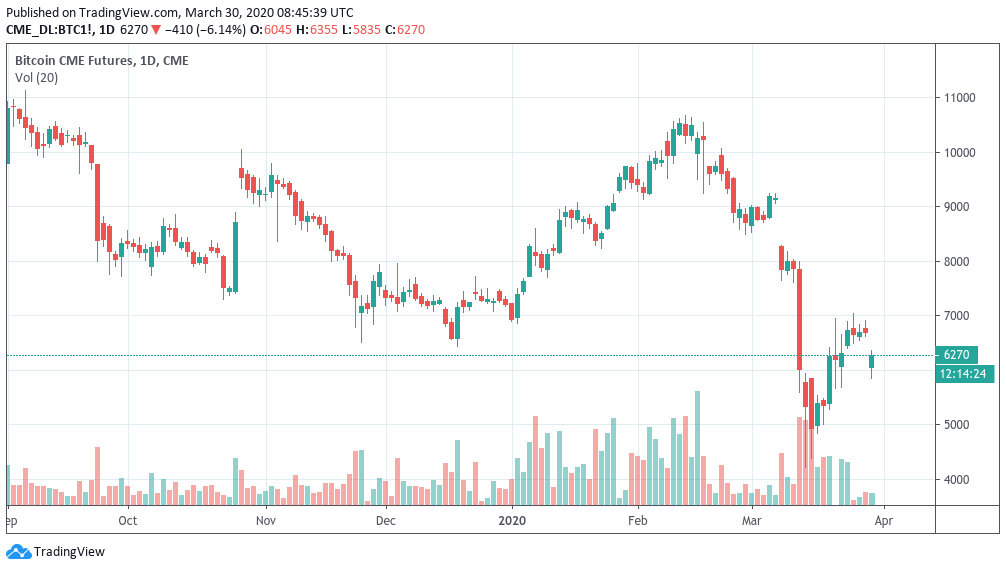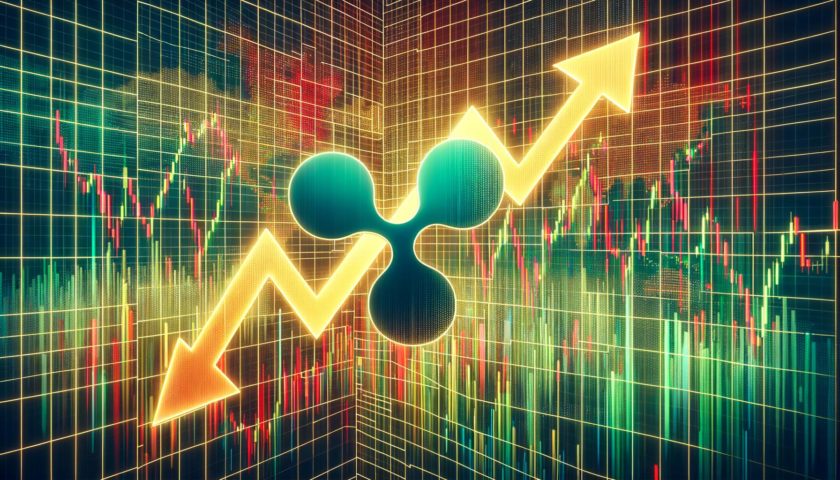Bitcoin (BTC) swiftly retook $6,000 after losing support on March 30, as analysts eyed a potential for the price to fill a new gap in futures markets.
Cryptocurrency market daily overview. Source: Coin360
BTC price gains 3% after a brief dive
Data from Coin360 and Cointelegraph Markets showed BTC/USD trading at around $6,300 at press time — a rise of 2.8% on the day.
The past 24 hours had seen the pair dip to lows of $5,870 after signaling weakness throughout the weekend. Those were short-lived, however, with Bitcoin regaining lost ground within hours.
Bitcoin 1-day price chart. Source: Coin360
Now, hopes were high that price action would remain more bullish, allowing Bitcoin to close a new futures gap left at the end of trading on Friday.
The gap lies between around $6,300 and the closing price of Friday’s CME futures session at $6,680.
As Cointelegraph reported, Bitcoin has very often returned to trade at levels left behind by futures markets — before its price volatility surged in mid-March, just one gap remained, much higher at $11,800.
For Cointelegraph Markets analyst Michaël van de Poppe, however, there was overall still a bearish trend in Bitcoin, despite the upside potential posed by the gap.
“The first level for support held and we’ve pushed upwards. There’s also the CME Gap, probably the reason why we’re moving, so that could be closed first,” he tweeted on Monday.
“This means that a $6,050 flip could trigger another push to $6,400-$6,500, before further down.”
CME Bitcoin futures 6-month chart showing gaps. Source: TradingView
China joins in fiat money printing
Wall Street had yet to open at press time, but in Asia, central banks were already continuing a huge international money printing program in response to coronavirus weakness. China, for example, announced a $7 billion cash injection for the banking system.
The amount pales in comparison to the United States’ response last week, which will see an unprecedented $6 trillion added to the dollar supply.
Speaking to reporters, President Donald Trump explained that the dollar was “our money” and “our currency,” and that this allowed for such drastic interventions in the monetary system.






